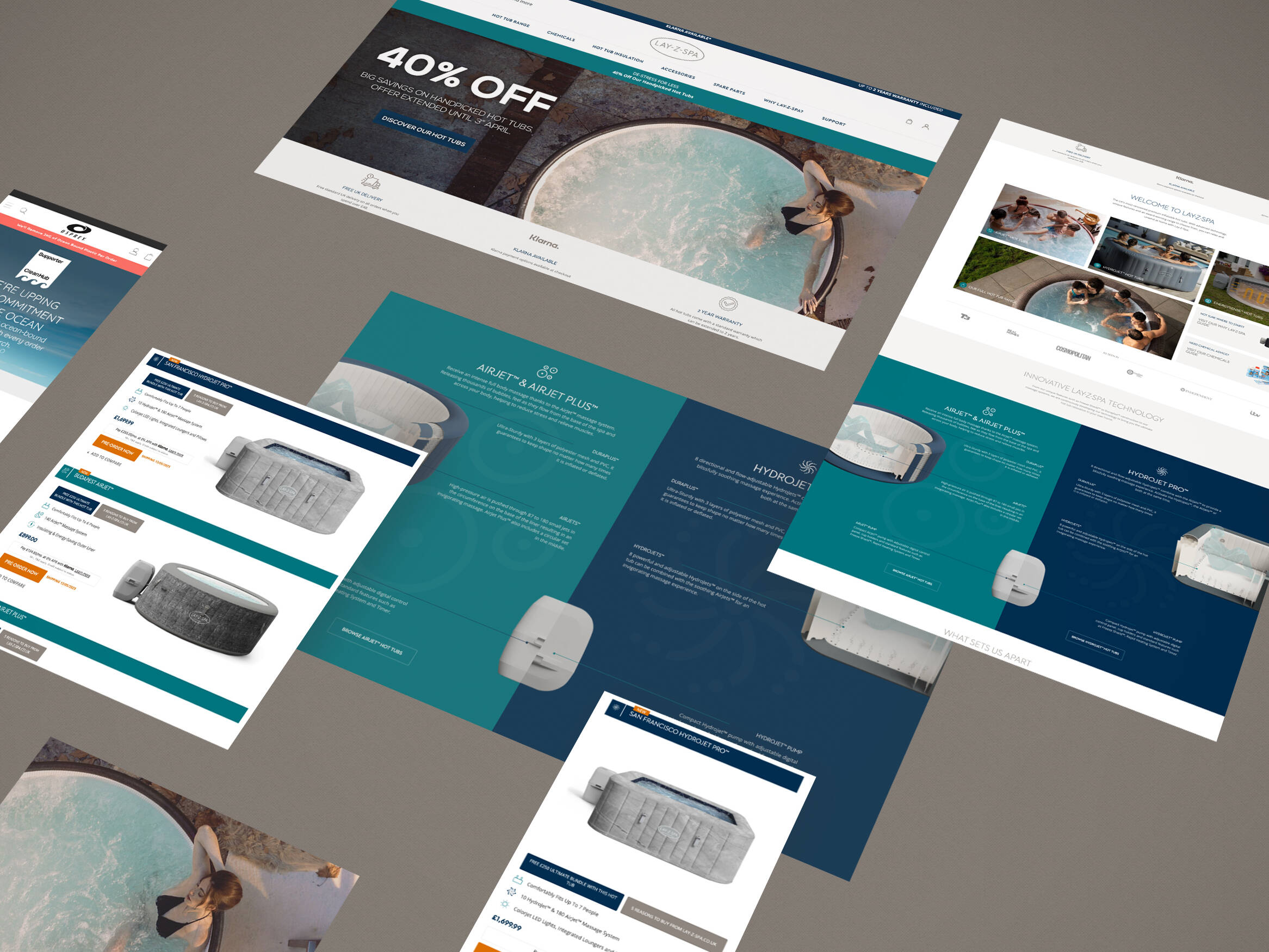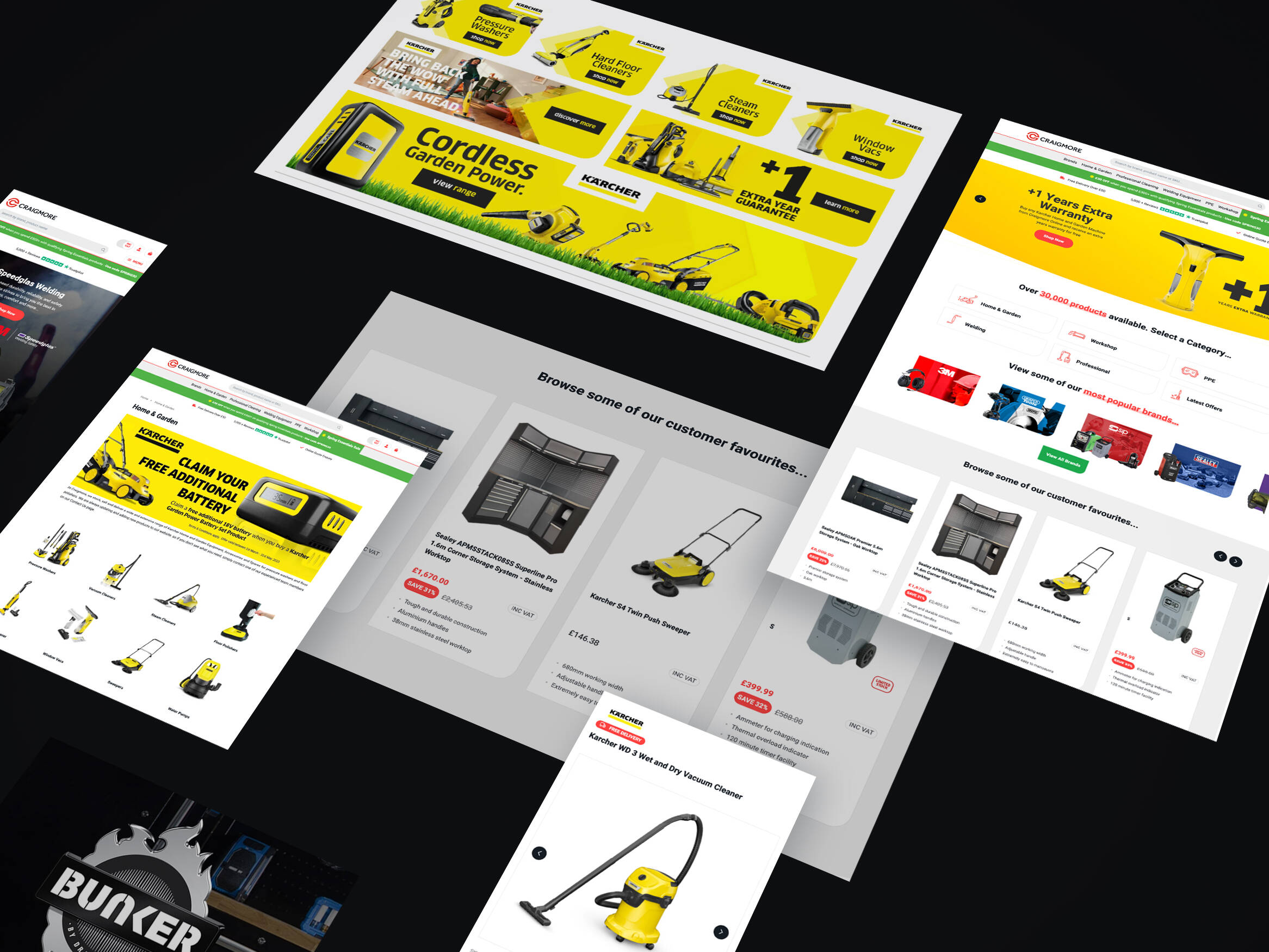The world of Search Engine Optimisation (SEO) is very broad and for many, full of the unknown. Search engines include Google, Bing and similar, yet these engines do not specifically tell us what its ranking factors are, so for even the best SEO marketers, it’s a (very well theorised) guessing game.
Though marketers will continue to argue which ranking factor out of the hundreds present, is most important, here are 6 key tips to remember when optimising specifically on-page SEO for your Magento Commerce website (other good eCommerce platforms are available).
What Is On-Page SEO?
Before getting into the nitty-gritty of on-page SEO, it’s important to know about some of the basics.
So, what is SEO? SEO is the name given to the activities carried out that attempt to improve web page rankings in search engines such as Google and Bing. SEO is split into two main areas, on-page and off-page SEO.
- On-page SEO is the name given to the activities carried out on a website that is visible on the frontend of the website. These include tasks such as optimising the copy accordingly and adding internal links within the content.
- Off-page SEO is the name given to tasks carried out on other websites that have an impact on your website in search engine results pages (SERPs). These include activities such as link building and social media engagement.
Useful Link: If you’ve not yet carried out any SEO practices on your website, take a look at the importance of an SEO audit for your eCommerce site.
On-Page SEO Magento Basics

#1 Keyword Optimisation
- Complete keyword research to find relevant terms that your website visitors are most likely searching for.
- Narrow these keywords down to around 10-15 terms. These should then be prioritised for a particular page. Ideally, you’ll want to have a different keyword per page so that when it comes to ranking on Google, that page is most likely to rank for the particular keyword entered.
- These should then be added to the metadata of a page, the image alt tags in all the relevant places – taking every care not to simply stuff keywords in every position possible.
- Handily, the Magento admin area makes adding this data super easy!
#2 Avoid Keyword Cannibalisation
Now you’re familiar with SEO practice of optimising your website for relevant keywords, it’s important to ensure you’re not implementing keyword cannibalisation. Although we’ve briefly touched on this in the above, it’s crucial to ensure you’re website does well when ranking in the search results.
After selecting the keywords that you’d like to target on your site, you need to carefully allocate which page will rank for that word.
For example, you may have two pages:
- Red Shoes
- Red Boots
If care isn’t taken when optimising the site then a page such as Red Boots could rank for the keyword “red shoes” and not the page Red Shoes.
#3 Check Your Site Structure
Ask yourself: Are you giving users the best possible experience they can have? Can they easily navigate their way around your website? Are your pages each titled correctly and simply so that users understand what is what?
Implement A “Flat Site Structure”
You’ll want to focus on creating a “flat site structure”. This basically means simplifying the navigation so that it takes a few clicks as possible to get from your homepage to a product page.
This will ensure you receive the maximum amount of authority passing from your homepage to your product page through internal links.
Keep It Logical
You then want to ensure that the site structure follows a logical path. Sort through the list of targeted keywords you created. Take a look at the below example from Neil Patel.

#4 Internal Linking
After doing this, it’s important to remember to complete internal linking. That meaning you’re canned cat food page might also have a call to action (CTA) to take people to the canned dog food page which may have a higher priority for ranking.
In carrying out internal linking activities you are passing link equity between pages.
#5 Optimising Header Tags
Following on from the logical site structure, it’s important to make sure that your content is structured correctly using header tags. Header tags help search engines understand what the content is about.
You should only have one header 1 tag on a page. This is the main title of the page. Header 2s are then used to break the content out into sub-sections. Header 3s are used to break out the content underneath the header 2s and so on.
An example of good practice includes:
Header 1
Header 2
Header 3
Header 3
Header 2
Header 3
Header 3
#6 Length of Content
“Content is king,” they say. This is particularly important to remember when thinking of your website. The content on your website needs to be informative and have a purpose to provide the answers to what your customers are asking.
The length of the content is also important to ensure a user receives all of the information they need and likewise, the search engine does.
Search Engine Perspective – Google recommends 250 – 300 words per page. The longer the content the more search engines have to crawl and index accordingly.
User Perspective – The copy should provide all the answers a user needs such as a price, benefits and unique selling points amongst others to move them onto the next step in the journey to convert.
Summary
To find out more about the best SEO practices and how to implement these on your Magento Commerce site, you can contact us on 01785 876465 or email hello@iweb.co.uk.
You can also talk to our sister digital marketing agency, Kanuka Digital.
Get in touch
We know commerce, let us help you improve customer experience, increase conversion rates, and make that digital change.
- hello@iweb.co.uk

















